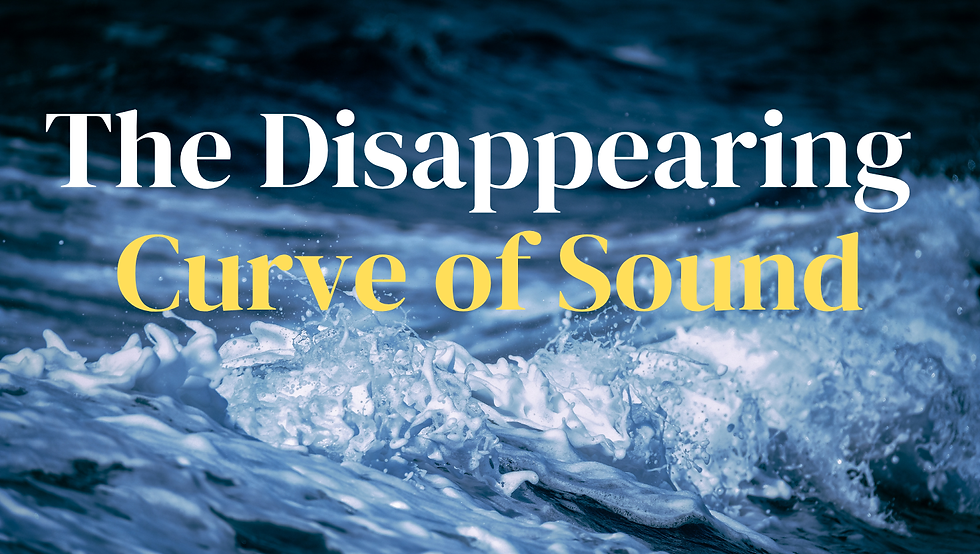Why Slenderization Matters in Scottish Gaelic
- 4 days ago
- 3 min read

If you’ve ever listened closely to fluent Scottish Gaelic, you’ll have noticed it— that subtle curve in the sound of a word, the way it narrows or “slims” toward the end, like a stream tightening between stones. Or the subtle 'y' sound between a consonant and a slender vowel. That’s slenderization: the change in pronunciation that occurs when certain consonants are influenced by an adjacent i or e. It’s not decoration. It’s the backbone of Gaelic sound structure.
But increasingly, among younger speakers and our learners, this small but vital feature is slipping away. Words that once danced between broad and slender consonants now flatten. Distinctions fade. And with them, a part of what makes Gaelic Gaelic—its music, its precision, its identity. Clear enunciation in Gaelic matters as much as vocabulary itself — the language depends on mouth settings and distinct vowel shapes to carry meaning, rhythm, and the subtle contrasts that give it life.
What Slenderization Actually Does
Slenderization isn’t just a phonetic quirk. It’s a meaning-maker. Take the word balach (“boy”). Make it balaich, and you’ve just moved to the genitive case—“of a boy.” The only difference is the slender -ich, but without it, you’ve lost the grammar. The listener has to guess. Multiply that across hundreds of words, and you start to see what’s at stake: clarity, rhythm, structure, and belonging to a linguistic system honed over centuries.
The Island Reality Check
Learners who visit the islands often notice something that grammar books never warned them about: much of what they’ve studied doesn’t match the Gaelic they actually hear. Historically, island Gaelic never followed the tidy grammatical systems later formalised by scholars and institutions. The written “rules” were attempts to standardise a language that had always lived by rhythm and habit, not by textbooks. Add to that a flood of modern vocabulary created for education and media—terms that many older native speakers have never used—and you get a widening gap between classroom Gaelic and the speech of the islands. It’s not that one is right and the other wrong; they simply grew apart. But slenderization sits right at that crossroads—the point where natural rhythm and learned form still have a chance to meet.
Why It’s Fading
There’s no single culprit.
Incomplete learning: Many learners and even some native speakers now encounter Gaelic more through text or digital apps than through sustained local speech.
Speed and exposure: People speak faster, mix dialects, and sometimes skip the “small sounds” that take effort to shape.
English interference: English has no broad/slender distinction, so mouths trained by English tend to ignore it.
The result? A flattening of melody, a drift toward what sounds “easier” or “more natural” to English ears—but less authentically Gaelic.
Why It’s Worth the Effort
Preserving slenderization isn’t about being pedantic or policing accents. It’s about preserving depth. When we lose these details, we lose part of the worldview that Gaelic encodes—its sensitivity to shape, relationship, and nuance. The shift from balach to balaich mirrors how Gaelic expresses connections: between people, places, and ideas.
To keep slenderization alive is to keep the music of the language intact. It’s to remind ourselves that fluency isn’t only vocabulary—it’s texture, timing, and respect for how sound shapes meaning.
Keeping the Curve
The fix isn’t complex, just conscious. Teachers can slow down speech drills, draw visual maps of broad and slender consonants, and use audio examples from older speakers. Learners can record themselves, compare, and listen until the difference becomes instinctive. Communities can celebrate—not mock—accurate pronunciation.
Because when that delicate curve of sound disappears, so does part of what makes Gaelic distinct from the noise around it. The goal isn’t perfection—it’s preservation.
A living language deserves its full voice. Slenderization is one of Gaelic’s quiet miracles. Let’s not let it fade into silence.











